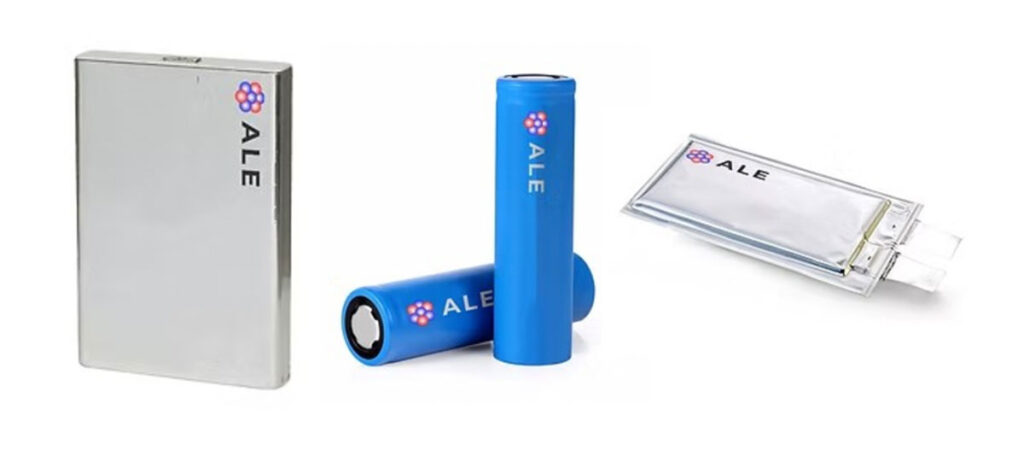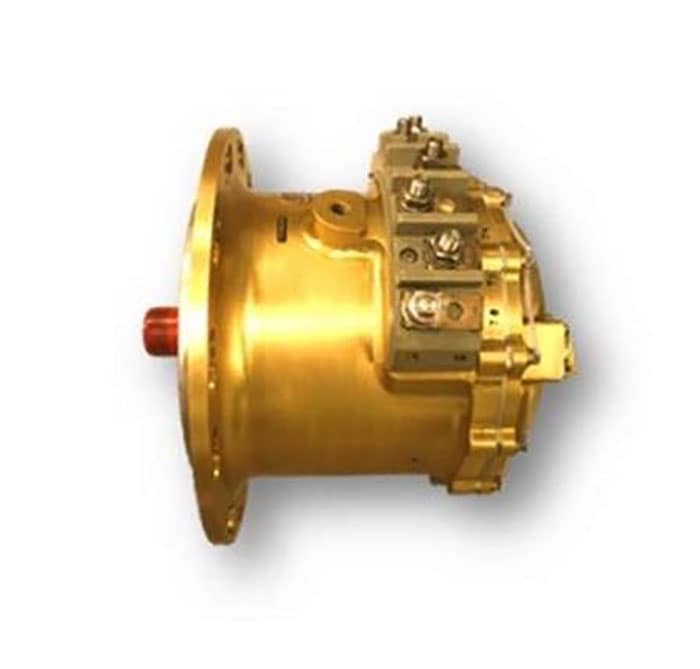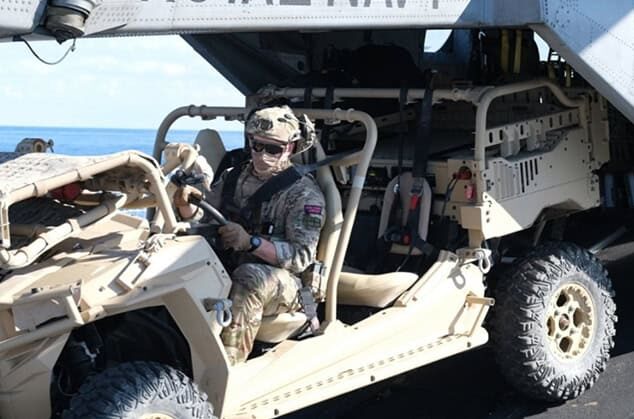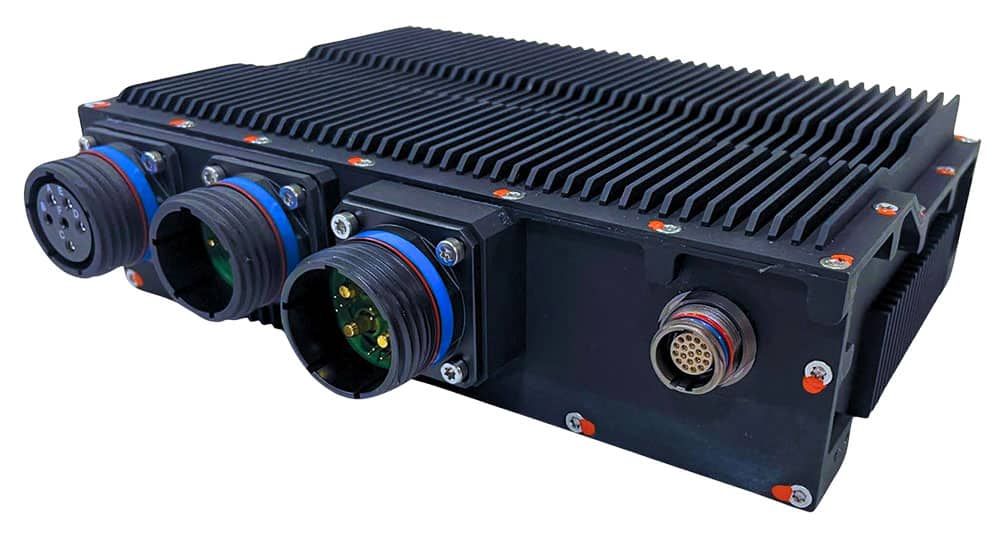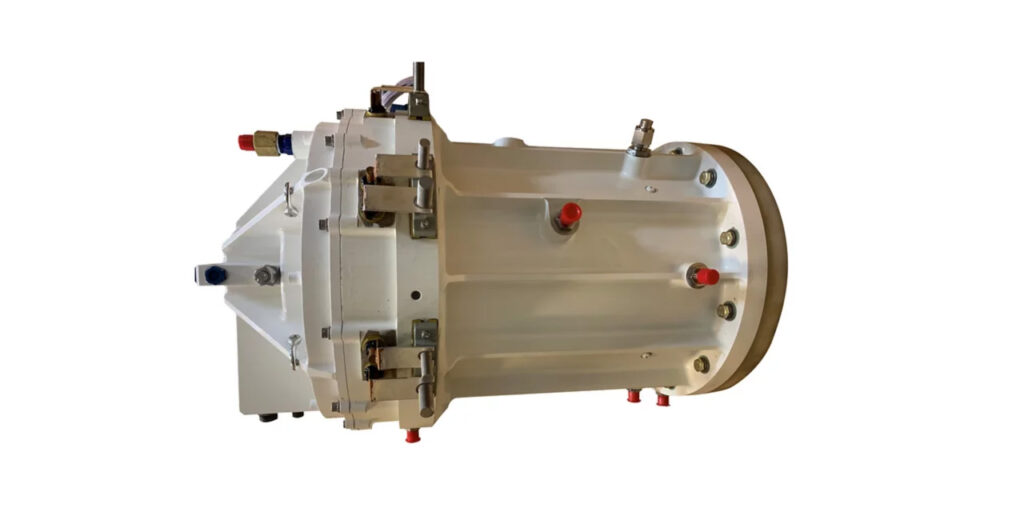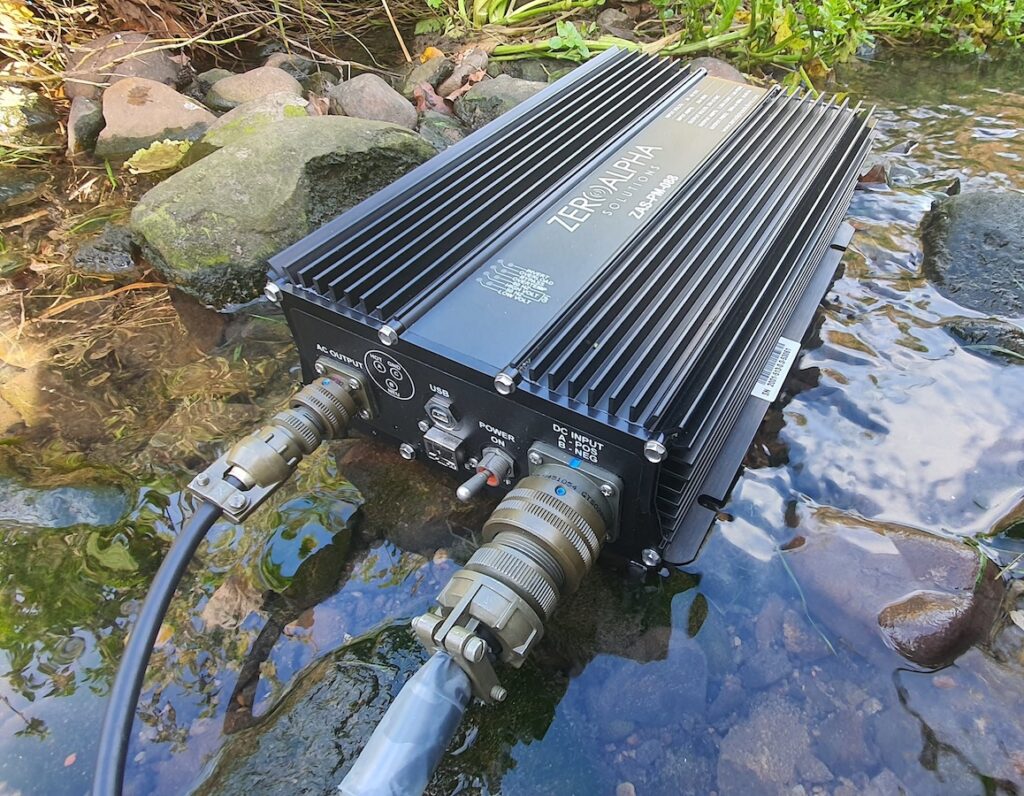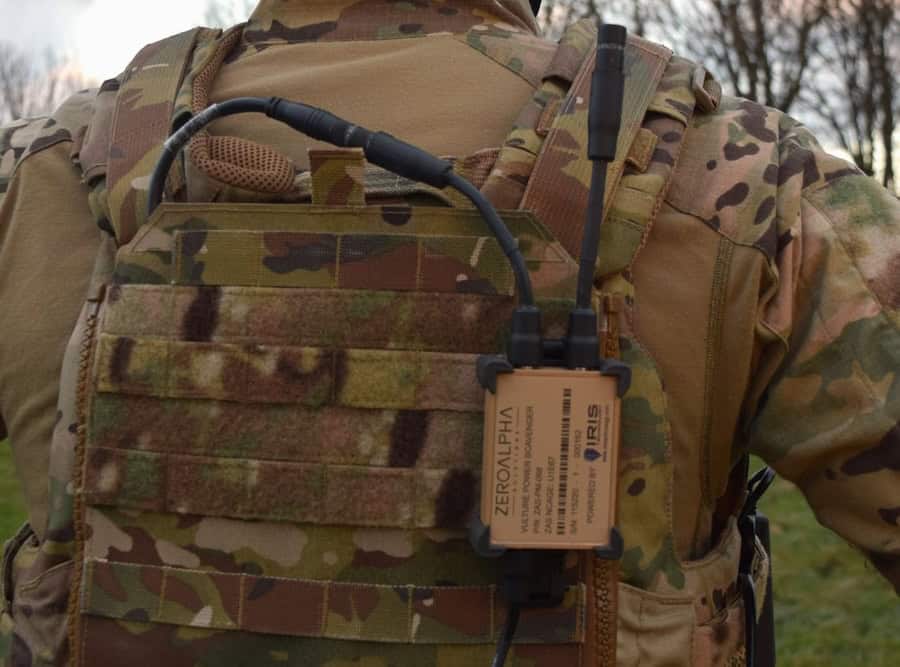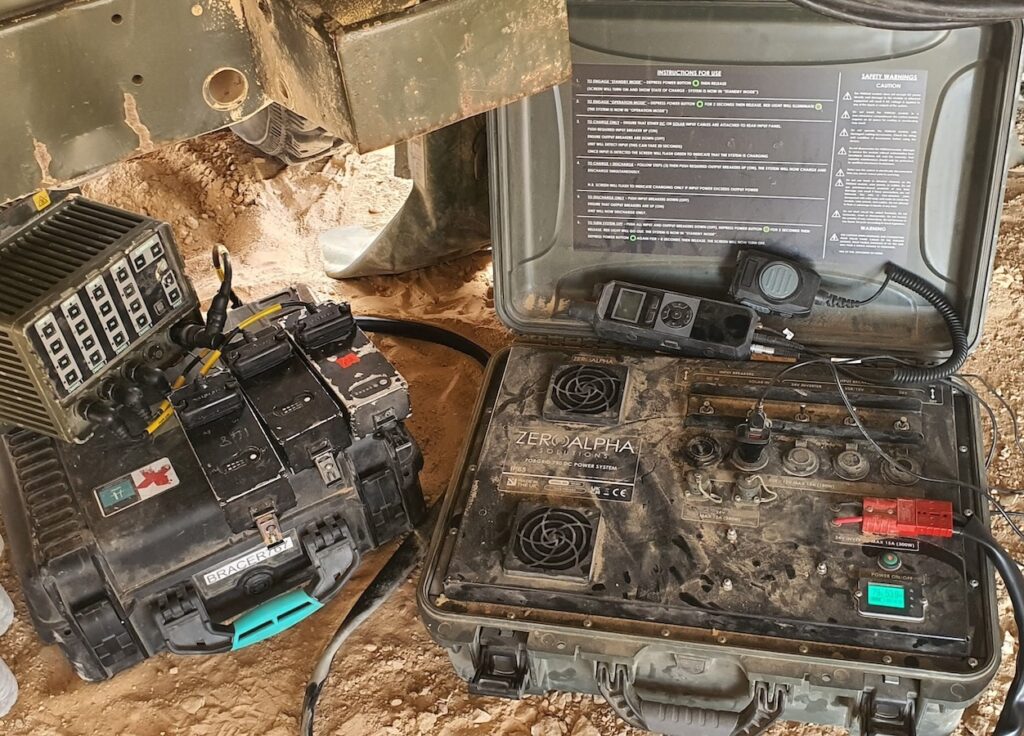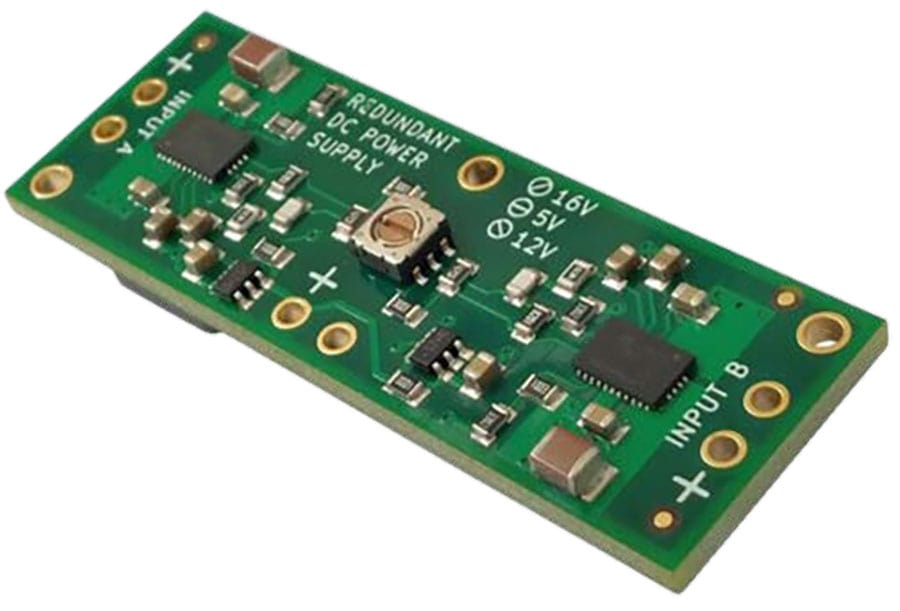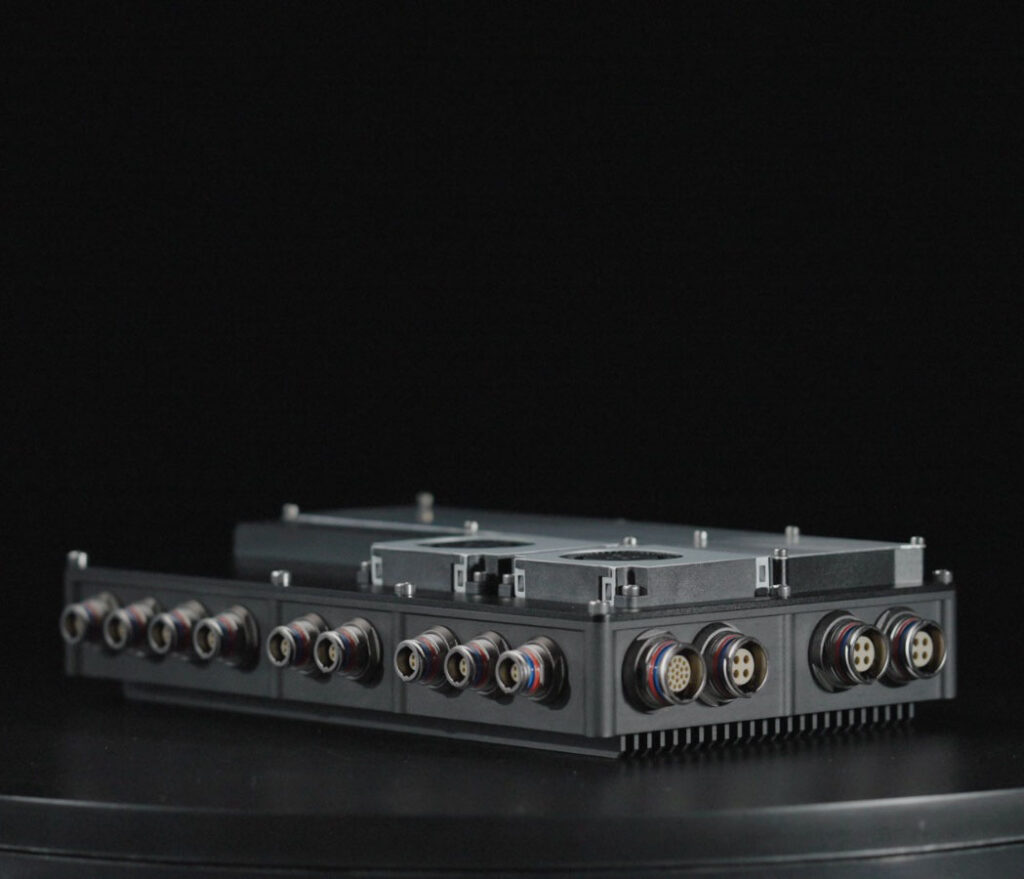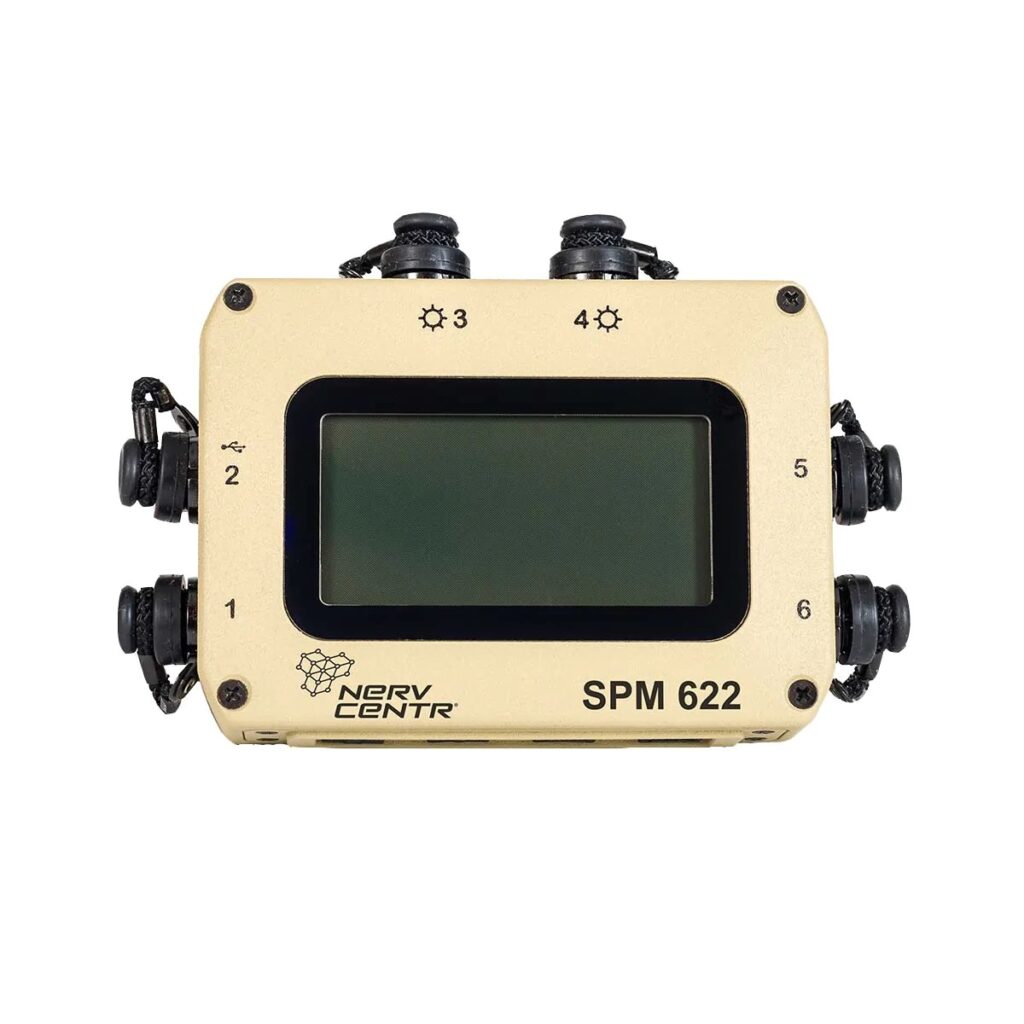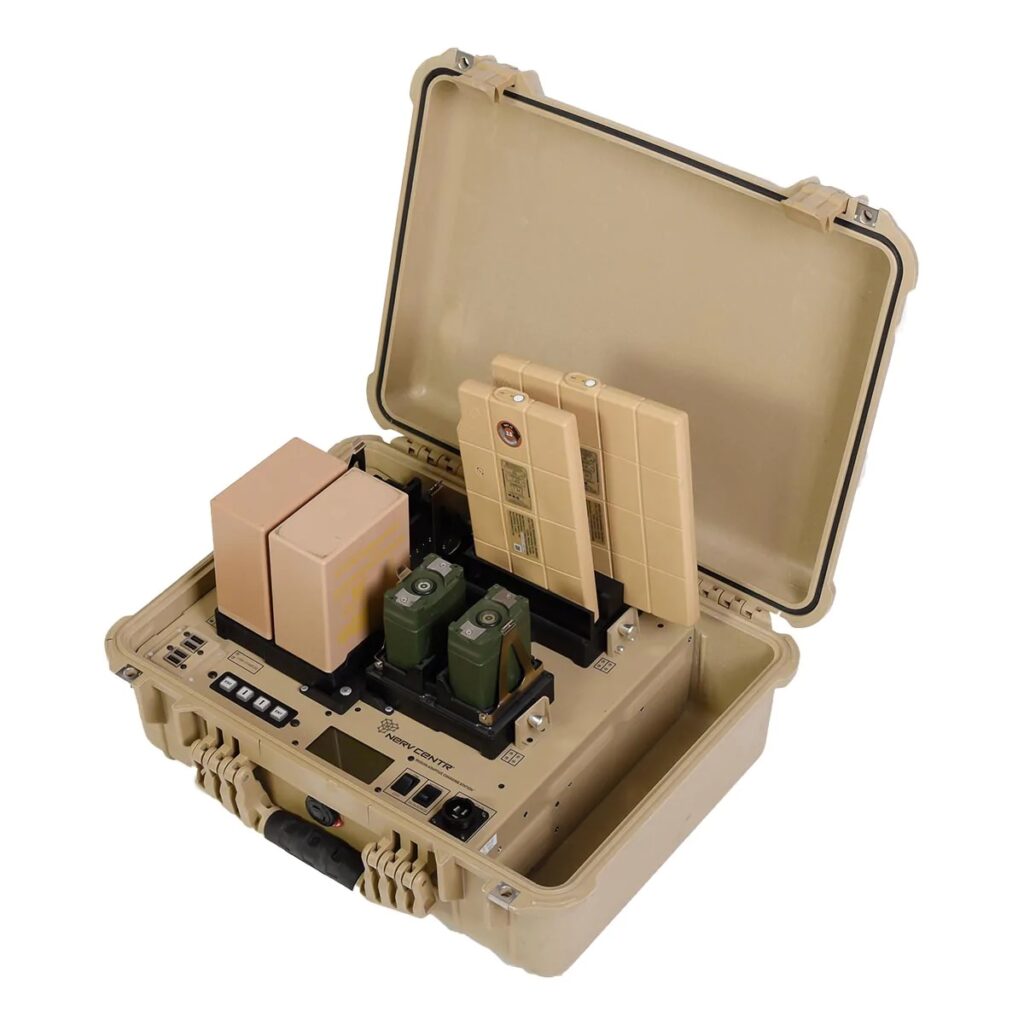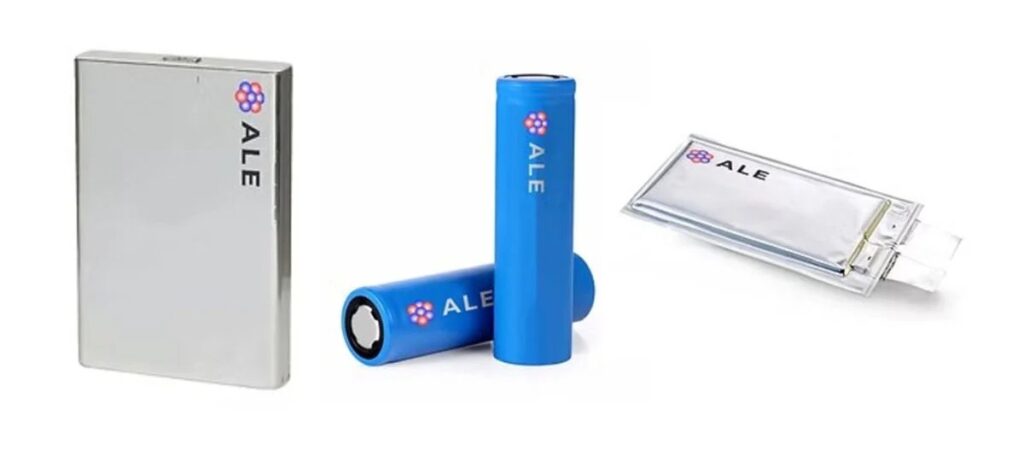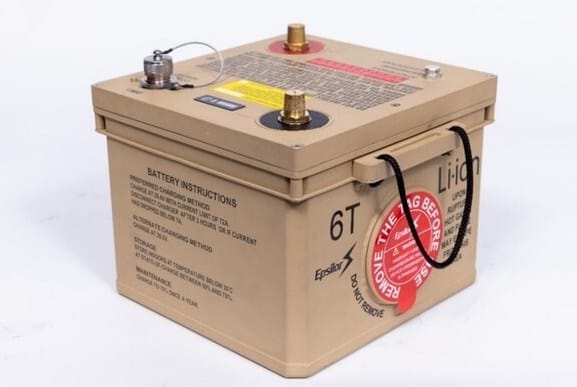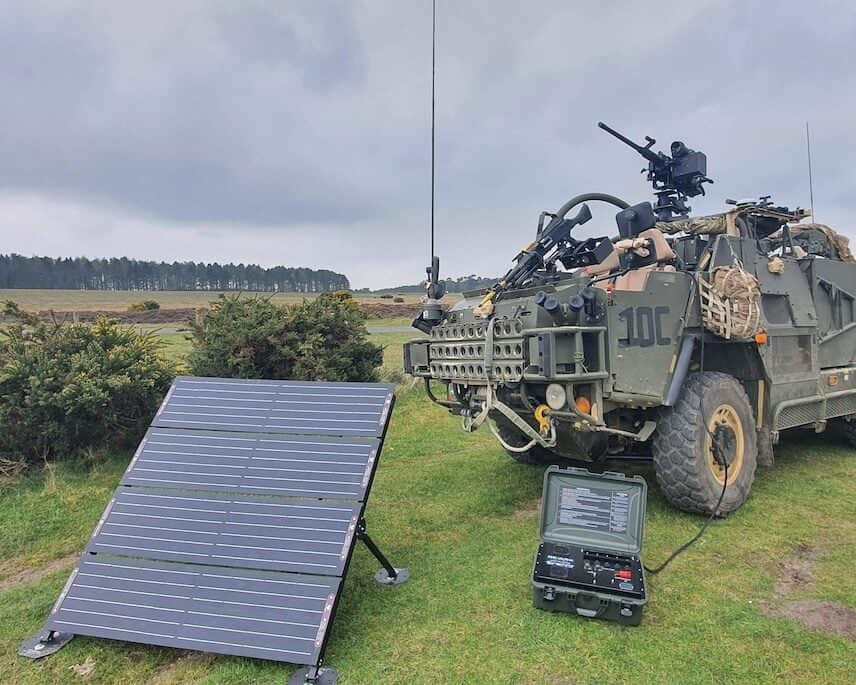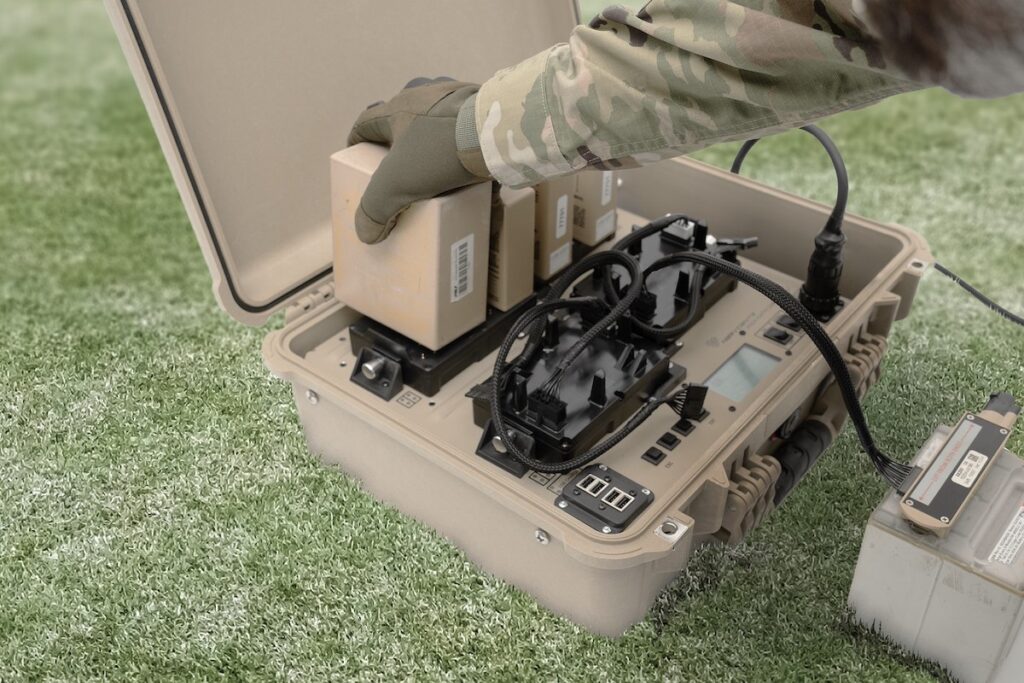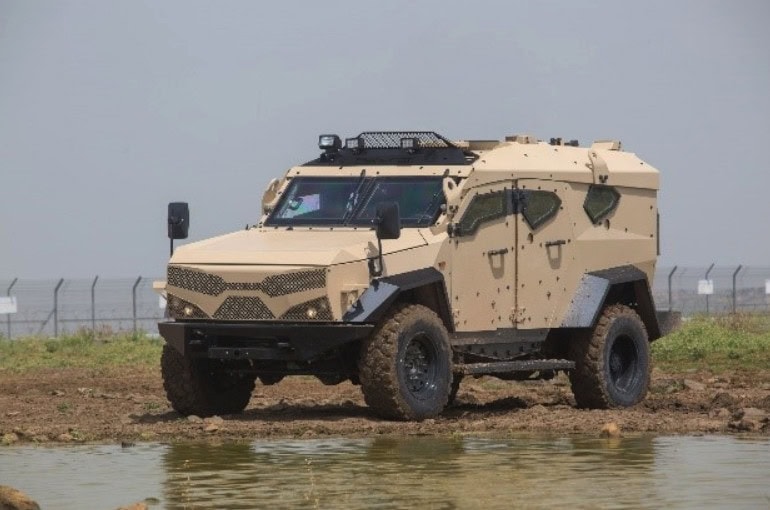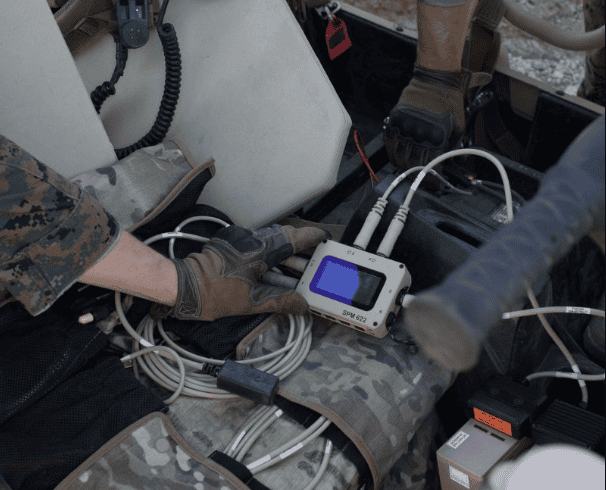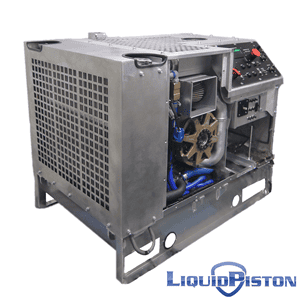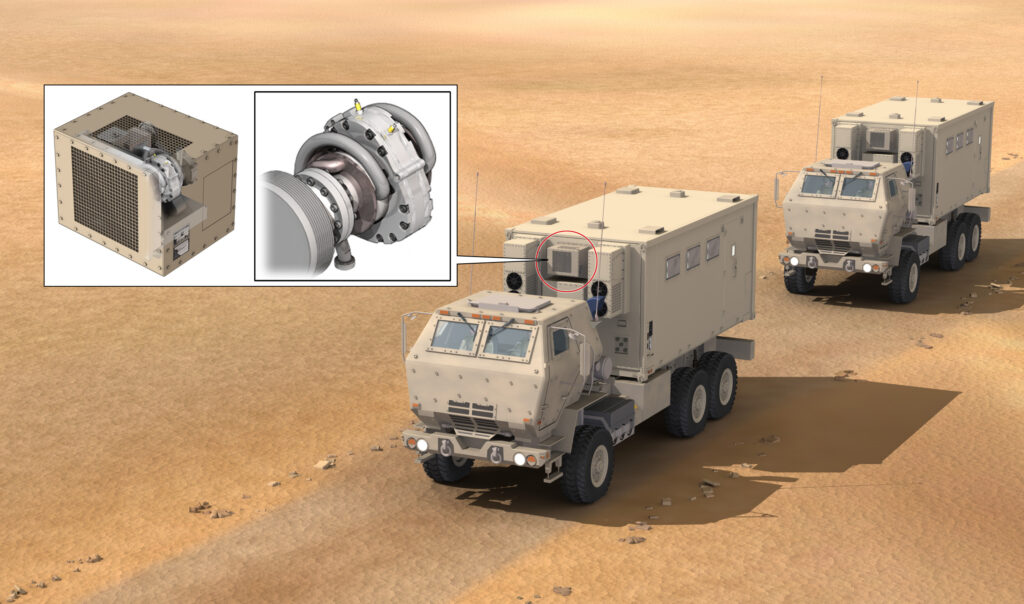Key Features of Military-Grade Power Supplies
Military-grade power supplies are distinguished by their robust design and capability to deliver consistent, reliable performance under the most demanding conditions. These key features set them apart from commercial counterparts, ensuring they meet the unique needs of defense operations.
Compliance with Military Standards
Military power supplies are designed and tested to meet stringent standards defined by defense agencies worldwide. These standards ensure that power systems can operate effectively under specific conditions encountered during military deployments:
- MIL-STD-810: This standard addresses environmental durability, requiring power supplies to withstand conditions such as extreme temperatures, humidity, vibration, and shock. For example, a power supply in an armored vehicle must endure rugged terrain and high operational temperatures without degradation in performance.
- MIL-STD-1275: For vehicle-mounted systems, this standard ensures compatibility with military vehicle power systems, protecting against voltage spikes, transients, and surges that could damage sensitive electronics.
- MIL-STD-461: Addressing electromagnetic interference (EMI) and electromagnetic compatibility (EMC), this standard ensures power supplies do not disrupt or become disrupted by other systems, critical in environments where multiple high-powered devices operate simultaneously.
By adhering to these and other Mil Spec standards, military power supplies deliver exceptional reliability and performance tailored to mission-critical applications.
Wide Range of Voltage and Output Options
Military operations require power supplies that can support a diverse array of equipment, from small portable devices to heavy-duty platforms:
- AC/DC and DC/DC Configurations: These versatile options allow power supplies to convert and distribute energy efficiently, catering to devices that operate on different voltage requirements. For example, DC/DC converters are vital in applications like UAVs, where precise voltage control is needed for onboard systems.
- Scalable Output: Some power supplies offer scalable configurations to meet the varying energy demands of integrated systems, ensuring compatibility with new technologies as mission requirements evolve.
- Redundancy and Load Balancing: Advanced designs often include redundant power sources and load-balancing features to ensure uninterrupted energy delivery even in the event of a failure.
Compact and Lightweight Designs
In military environments where mobility is paramount, compact and lightweight power supplies are essential:
- Portable Applications: Soldiers in the field benefit from power units that are easy to transport yet capable of providing sufficient energy for radios, sensors, and other portable devices.
- Space-Saving Designs: For applications such as UAVs or aerospace platforms, compact power supplies help conserve space and reduce weight, allowing for additional payload or fuel capacity. These designs do not compromise on durability, ensuring operational efficiency under harsh conditions.
- Integrated Packaging: Many solutions incorporate compact housing that protects internal components while minimizing the overall footprint, making them ideal for mobile and tactical operations.
Energy Efficiency
Energy efficiency is a critical factor for military power supplies, reducing operational costs and logistical challenges:
- Reduced Fuel Dependency: High-efficiency systems minimize energy waste, decreasing the amount of fuel needed for generators or battery replacements in remote and high-risk environments. This reduction lowers supply chain vulnerabilities and enhances operational flexibility.
- Thermal Management: Energy-efficient power supplies produce less heat, reducing cooling requirements and improving reliability in high-temperature environments. Advanced thermal management systems prevent overheating, ensuring continuous operation.
- Sustainability Initiatives: Modern military operations are increasingly incorporating renewable energy solutions, such as solar-compatible power supplies and hybrid systems that integrate traditional and renewable energy sources.
Mil-Spec Power Supply Applications
Military power supplies are indispensable across various operational domains, enabling critical systems to function seamlessly in diverse and demanding conditions. Their versatility and reliability support a wide array of defense technologies across land, sea, air, and space, ensuring mission success under all circumstances.
Land-Based Systems
Armored Vehicles
Modern tanks, infantry fighting vehicles, and command vehicles rely on stable and resilient power supplies to operate navigation systems, weapons targeting platforms, and advanced electronic warfare suites. Rugged power solutions ensure these systems perform effectively despite exposure to vibration, heat, and electromagnetic interference.
Portable Radios and Communication Equipment
Tactical radio systems and other portable devices used by soldiers in the field demand compact and lightweight power solutions that can endure extreme conditions. These power supplies provide consistent energy for long-range communications essential for coordinated operations.
Field Hospitals and Command Centers
In temporary installations, mobile power systems provide the energy needed for medical equipment, computing devices, and other essential tools. Reliable power enables seamless data flow and decision-making in real-time scenarios.
Naval Applications
Sonar and Navigation Systems
Submarines and naval vessels rely heavily on sonar for underwater detection and navigation systems for precise maneuvering. Power supplies designed for maritime use are built to withstand high salinity and constant vibration while ensuring uninterrupted functionality.
Shipboard Electronics
From radar systems and missile defense platforms to communication arrays, naval vessels depend on consistent and robust power to maintain operational readiness during extended deployments at sea. Backup systems such as uninterruptible power supplies (UPS) safeguard against power interruptions, critical in combat scenarios.
Aerospace Platforms
Avionics and Flight Control Systems
Aircraft and unmanned aerial vehicles (UAVs) require high-performance power supplies to operate avionics, sensors, and flight controls with precision and reliability. These systems are often equipped with redundant power sources to enhance safety and performance during long missions.
Targeting and Surveillance Platforms
Advanced targeting systems, infrared cameras, and other reconnaissance equipment depend on stable power to maintain accuracy and data integrity. Aerospace power supplies are lightweight to optimize payload capacity while maintaining ruggedness.
Satellite Communications
Power systems for satellite uplinks and ground stations are designed to handle the demanding energy requirements of secure and high-bandwidth data transmission.
Unmanned Systems
Drones
Power solutions for military drones need to be lightweight, energy-dense, and capable of enduring extended operational periods. Advanced battery technologies and hybrid power systems are commonly employed to enhance endurance and reduce the need for frequent recharging.
Autonomous Ground Vehicles (AGVs)
These robotic platforms require rugged and efficient power supplies to operate sensors, cameras, and manipulators while traversing harsh terrains. The ability to integrate power with energy-harvesting technologies further enhances their deployment potential.
Maritime Unmanned Systems
Underwater and surface drones rely on waterproof and pressure-resistant power supplies for navigation, sonar, and data collection in challenging marine environments.
Advancements in battery technology, renewable energy integration, and fuel cell systems are shaping the next generation of military power supplies. Lithium-ion and solid-state batteries are increasingly being deployed for their superior energy density and reduced weight, while renewable sources, such as portable solar panels, are being incorporated to provide sustainable energy in off-grid scenarios. Fuel cells, on the other hand, offer silent and low-emission alternatives for covert operations.
Military power supplies are not merely auxiliary components but essential enablers of operational readiness. By maintaining a steady and secure energy flow, they underpin the effective execution of missions in the most demanding circumstances.



